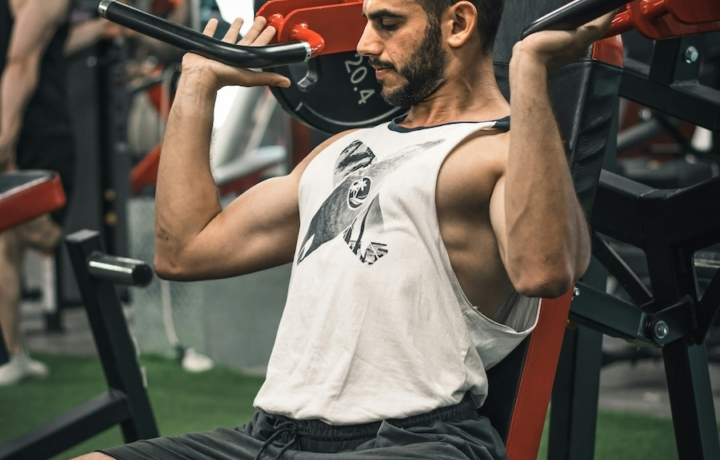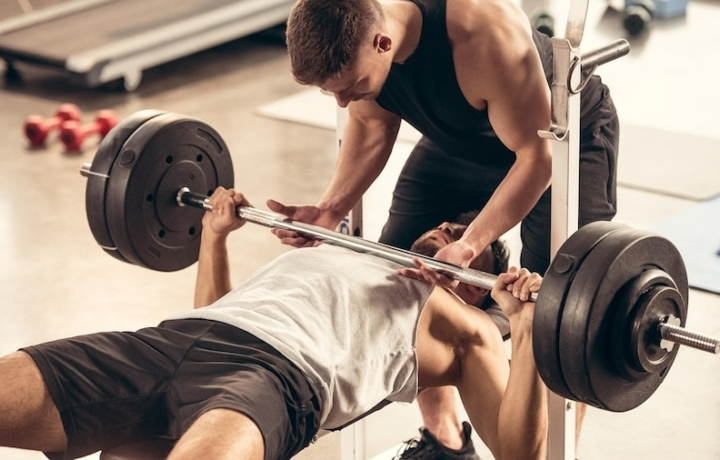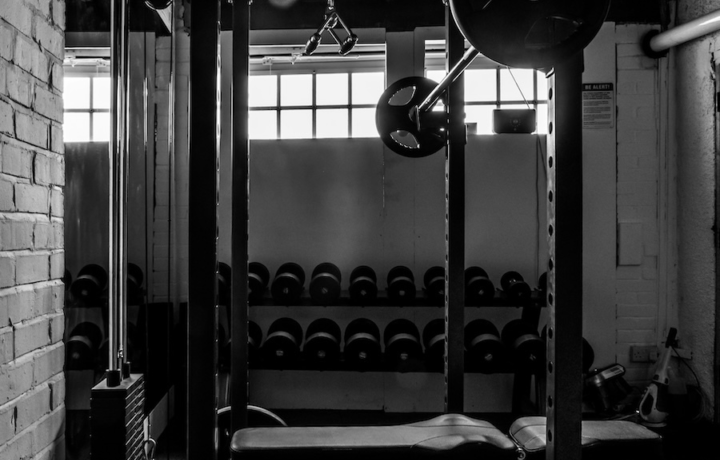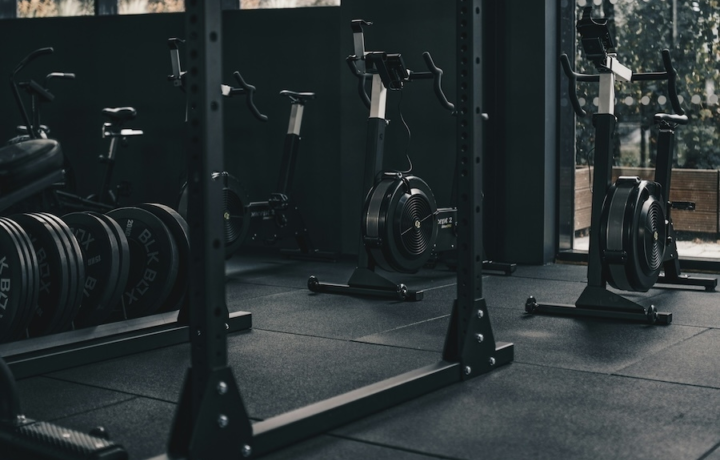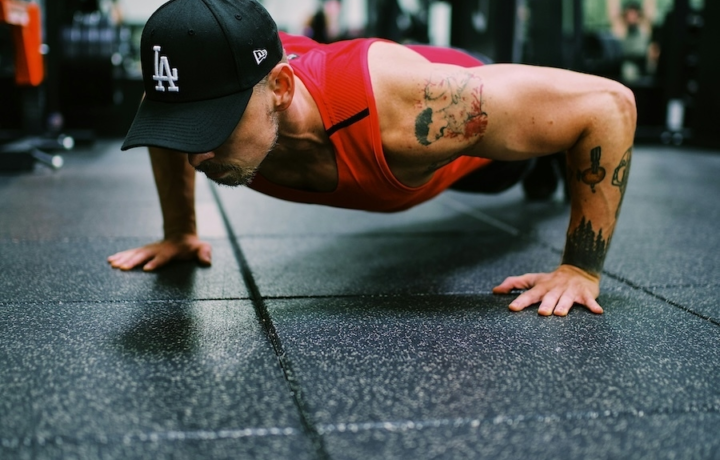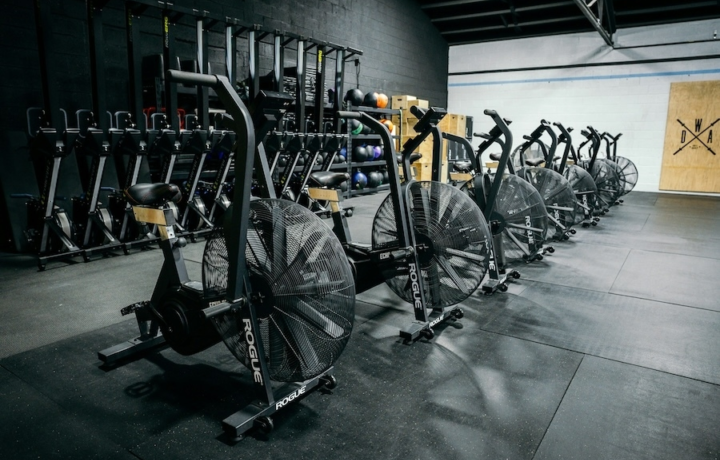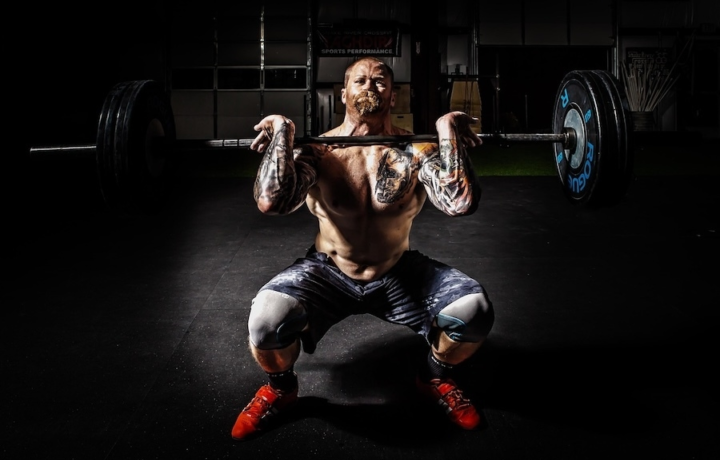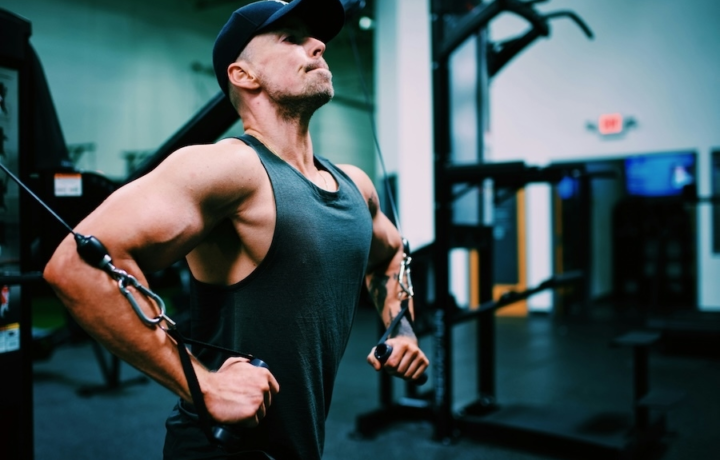Exercise
Pike To Cobra Push Up

Pike To Cobra Push Up
How to Perform
- Begin in a downward-facing dog position with your hands shoulder-width apart, hips raised high, and feet hip-width apart on the floor.
- Engage your core muscles and maintain a straight line from your hands to your hips as you shift your weight forward until your shoulders are directly over your wrists.
- Slowly lower your body by bending your elbows, keeping them close to your sides, while maintaining a pike position with hips elevated.
- Exhale as you reach the bottom of your pike push-up, ensuring your head moves between your hands, not in front of them.
- From the bottom position, inhale and begin to straighten your arms while simultaneously lowering your hips toward the floor.
- Continue this fluid motion until your hips touch the ground and your chest is up, creating a cobra-like position with a slight arch in your back.
- Engage your upper back muscles to maintain the cobra position briefly, keeping your shoulders pulled back and down away from your ears.
- Exhale as you reverse the movement by pushing through your palms, lifting your hips back up to pike position to complete one rep.
Important information
- Keep your core engaged throughout the entire movement to protect your lower back and maintain proper form.
- Ensure your hands remain firmly planted in the same position throughout the exercise, with fingers spread for better stability.
- If you feel strain in your lower back during the cobra portion, reduce the arch by engaging your abdominals more strongly.
- Beginners can modify by performing the pike and cobra portions separately before combining them into one fluid movement.

Pike To Cobra Push Up
Exercise Details
Primary Muscles
Muscle Groups
Mechanic
Risk Areas
Built for progress
Take the guesswork out of training
Create personalized AI-powered workout plans that evolve with you. Train smarter, track every rep and keep moving forward, one workout at a time.






The Pike to Cobra Push-Up combines two dynamic movements into one fluid exercise that challenges your upper body strength while enhancing mobility through your shoulders and spine. This intermediate-level movement seamlessly transitions between a downward dog-like position and a cobra pose, creating a comprehensive exercise that targets multiple muscle groups simultaneously.
Your pecs, triceps, and front deltoids work overtime during this exercise, making it an excellent addition to any strength-focused routine. The pike position intensifies the load on your shoulders, while the transition to cobra engages your chest muscles in a unique way that traditional push-ups simply can't match.
What makes the Pike to Cobra Push-Up particularly valuable is its versatility across training modalities. Whether you're incorporating it into a high-intensity interval training (HIIT) circuit for cardiovascular benefits, using it as part of a bodybuilding regimen to sculpt your upper body, or including it as a dynamic warm-up before a more intense workout, this exercise delivers results. Many athletes appreciate how it serves double duty by building strength while simultaneously improving mobility.
The flowing nature of this movement creates a natural stretch-and-strengthen pattern that promotes shoulder health and spinal mobility. As you transition between the pike and cobra positions, you're effectively moving through a full range of motion that challenges your muscles while improving functional flexibility. This makes it particularly beneficial for those looking to enhance overall movement quality alongside raw strength gains.
For maximum effectiveness, focus on quality over quantity and maintain proper form throughout the movement. As you become more proficient, you'll notice improvements not only in your push-up strength but also in your overall upper body mobility and postural control. This exercise truly exemplifies how compound movements can efficiently target multiple fitness goals in one comprehensive package.
FAQ - Pike To Cobra Push Up
This compound exercise primarily targets your pectorals, triceps, and front deltoids while the pike position intensifies shoulder engagement. The flowing transition also activates your core, serratus anterior, and spinal erectors for stability and mobility benefits.
Beginners can perform the movement with knees on the ground during the push-up phase or reduce the pike angle to decrease shoulder loading. As you build strength, gradually increase the pike angle and transition to a full push-up position with extended legs.
The most common mistakes include rounding your lower back, rotating your hips instead of keeping them square, rushing through the movement, and not hinging properly at the hips. Focus on maintaining a neutral spine, moving with control, and keeping your standing knee slightly soft rather than locked.
Incorporate this exercise 2-3 times weekly with at least 24 hours between sessions to allow for proper recovery. Start with 2-3 sets of 8-10 repetitions, focusing on quality movement rather than high repetition counts.
Yes, the dynamic transition between pike and cobra positions effectively improves shoulder mobility by moving through a full range of motion. This natural stretch-strengthen pattern promotes shoulder health while simultaneously building upper body strength, making it excellent for addressing mobility restrictions.




